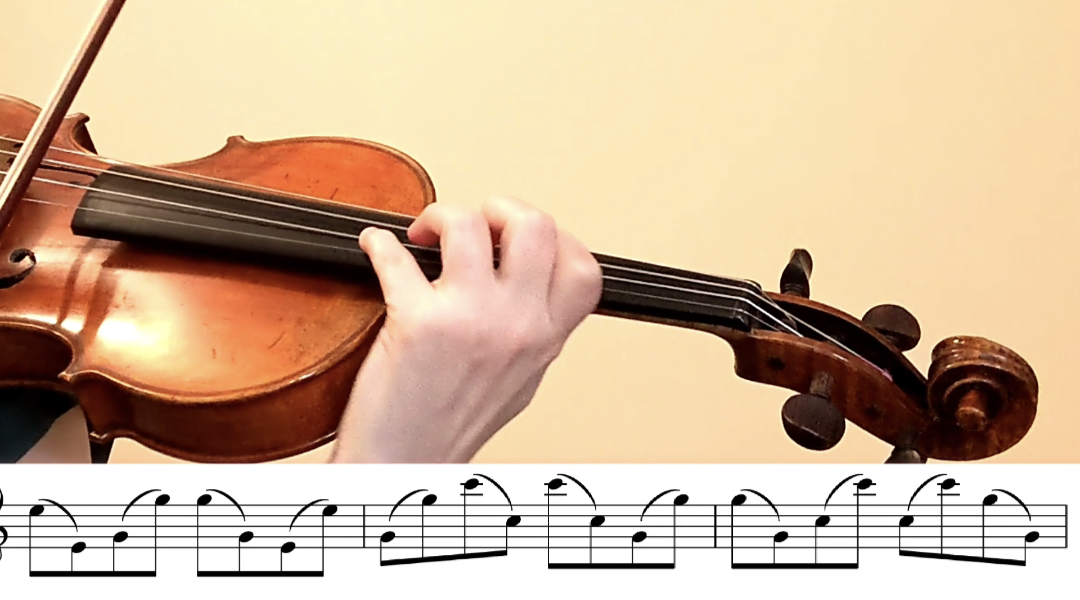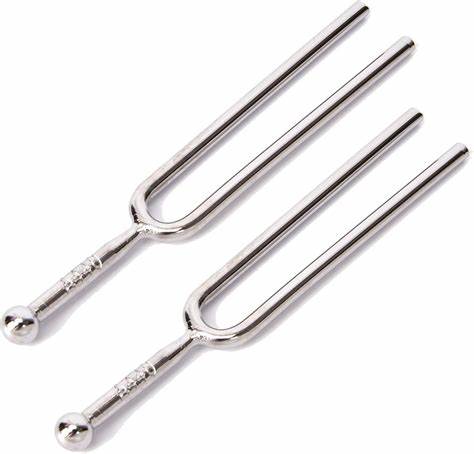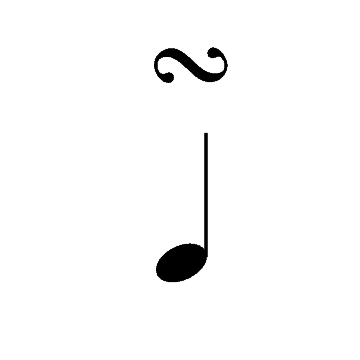For the longest time, I’ve struggled to play double stops consistently in tune, and even more so with a decent sound. I always found playing octaves to be especially challenging – it’s a perfect interval and any deviation from matching pitches sticks out like a sore thumb…on in this case, a sore ear? After practicing octaves for years and years, they were just never consistent enough. I still struggle a little from time to time and need to practice octaves on a daily basis as part of my warmup routine to maintain a healthy hand frame and intonation.
Although my progress has been very slow, and often frustrating, all the repetitions really started to make their impact over a long-term time frame. Among all the great lessons I learned along the way about playing octaves better in tune and with a better tone, there are three that currently stand out for me, which I use as a guide for my most recent practice sessions. Continue reading “Octave Hacks” →




